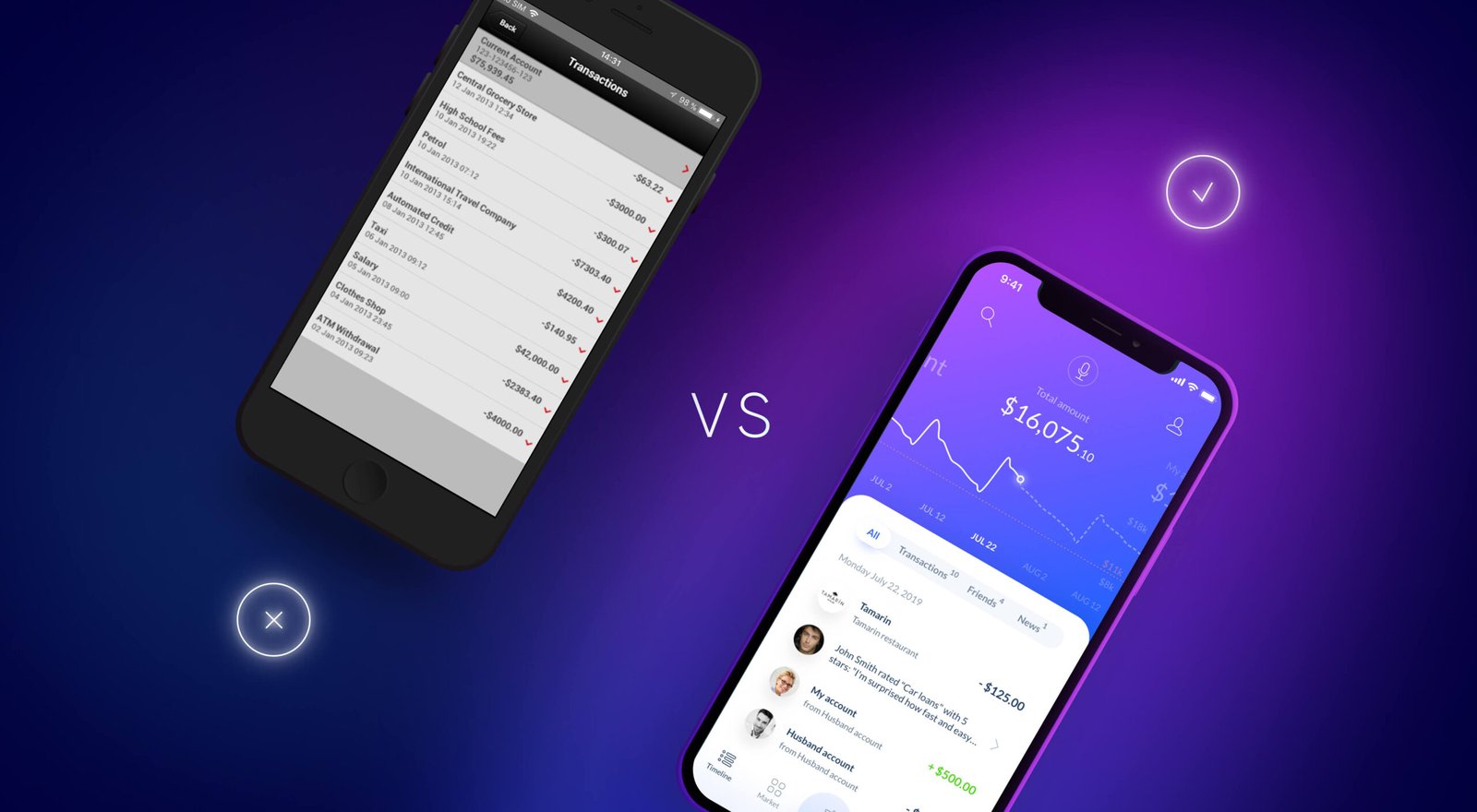
The Importance of User Experience in Fintech Banking Apps
Posted on April 5, 2023
In the rapidly evolving landscape of financial technology (fintech), user experience (UX) has emerged as a critical differentiator for banking apps. As consumers increasingly turn to digital solutions for their banking needs, the importance of delivering an intuitive, efficient, and satisfying user experience cannot be overstated. This blog explores the reasons why UX is paramount in fintech banking apps, the challenges faced, and best practices for creating an exceptional user experience.
Understanding User Experience in Fintech
User experience encompasses every aspect of the end-user’s interaction with a company, its services, and its products. In the context of fintech banking apps, UX refers to how easy and pleasant it is for users to perform tasks like checking their balances, making payments, applying for loans, or managing investments. A well-designed UX can lead to increased user satisfaction, loyalty, and advocacy, while a poor experience can result in frustration, abandonment, and negative reviews.
Why UX Matters in Fintech Banking Apps
1. User Trust and Security
Trust is a cornerstone of banking, and in the digital world, this trust is largely established through user experience. Fintech apps must ensure that users feel secure while navigating the app and sharing their sensitive financial information. A clean, well-structured interface, clear calls to action, and visible security features (like two-factor authentication) help build this trust. According to a study by McKinsey, companies with high UX ratings experience increased customer loyalty and significantly lower churn rates.
2. Meeting Customer Expectations
As consumers become more accustomed to seamless digital experiences in other industries (think of the ease of use of platforms like Amazon or Spotify), their expectations for fintech apps rise correspondingly. Customers demand intuitive designs that facilitate quick transactions, straightforward navigation, and responsive customer service. A positive user experience that meets these expectations can set a fintech app apart in a crowded marketplace.
3. Reducing Complexity
Financial services can often be complex, with jargon and intricate processes that confuse users. A user-friendly interface simplifies these complexities, providing clear information and straightforward navigation paths. Effective UX design distills complex financial products into digestible content, allowing users to make informed decisions without feeling overwhelmed. This clarity is essential for attracting users who may not be financially savvy but still want to manage their finances effectively.
4. Increased Engagement and Retention
Engaging users effectively is essential for customer retention. A well-designed UX encourages users to return to the app regularly, fostering a habit of usage. Features such as personalized dashboards, push notifications, and gamification elements (like reward systems for saving or investing) can enhance user engagement. The more engaged users are, the more likely they are to explore additional features, leading to greater customer loyalty and lifetime value.
5. Boosting Conversion Rates
An intuitive user experience can significantly improve conversion rates, whether it’s signing up for a new account, applying for a loan, or investing in a financial product. Streamlined onboarding processes, clear value propositions, and minimal friction in transactions can encourage users to complete actions that directly impact the bottom line. A study by Forrester found that every dollar invested in UX design brings a return of $100, underscoring its potential impact on conversion rates.
Challenges in Achieving Good UX in Fintech
While the benefits of excellent UX in fintech are clear, achieving it is not without challenges. Here are a few hurdles that fintech companies face:
- Regulatory Compliance: The financial sector is heavily regulated, which can complicate UX design. Balancing compliance with user-friendly design is crucial yet challenging.
- Diverse User Needs: Fintech apps serve a wide range of users with varying levels of financial literacy, tech-savviness, and demographic backgrounds. Designing a universal experience that caters to all can be daunting.
- Rapid Technological Changes: The pace of technological advancements means that fintech companies must continually adapt their UX strategies. Staying ahead of trends while maintaining a stable experience is a balancing act.
Best Practices for Designing Fintech Banking Apps
To create an exceptional user experience in fintech banking apps, consider the following best practices:
- User-Centric Design: Engage users throughout the design process by gathering feedback and conducting usability testing. Understand their needs, pain points, and preferences to create a tailored experience.
- Simplicity and Clarity: Prioritize simplicity in design. Use clear language, intuitive navigation, and a logical layout to enhance usability. Avoid jargon and ensure that important information is easily accessible.
- Responsive Design: Ensure that the app performs well on various devices, from smartphones to tablets. A responsive design enhances user experience across platforms, accommodating users’ preferences.
- Seamless Onboarding: Create an onboarding process that is as frictionless as possible. Use progressive disclosure techniques to introduce features gradually, avoiding overwhelming new users.
- Continuous Improvement: Regularly update the app based on user feedback and emerging trends. Employ analytics to track user behavior and identify areas for improvement.
Conclusion
In conclusion, user experience is not just a nice-to-have in fintech banking apps; it is a critical element that can determine a product’s success. By prioritizing UX design, fintech companies can build trust, enhance user engagement, and ultimately drive growth. As the fintech landscape continues to evolve, those that focus on delivering exceptional user experiences will be well-positioned to thrive in an increasingly competitive market. Embracing user-centric design and continuously adapting to user needs will ensure that fintech apps not only meet but exceed customer expectations, paving the way for a brighter digital banking future
